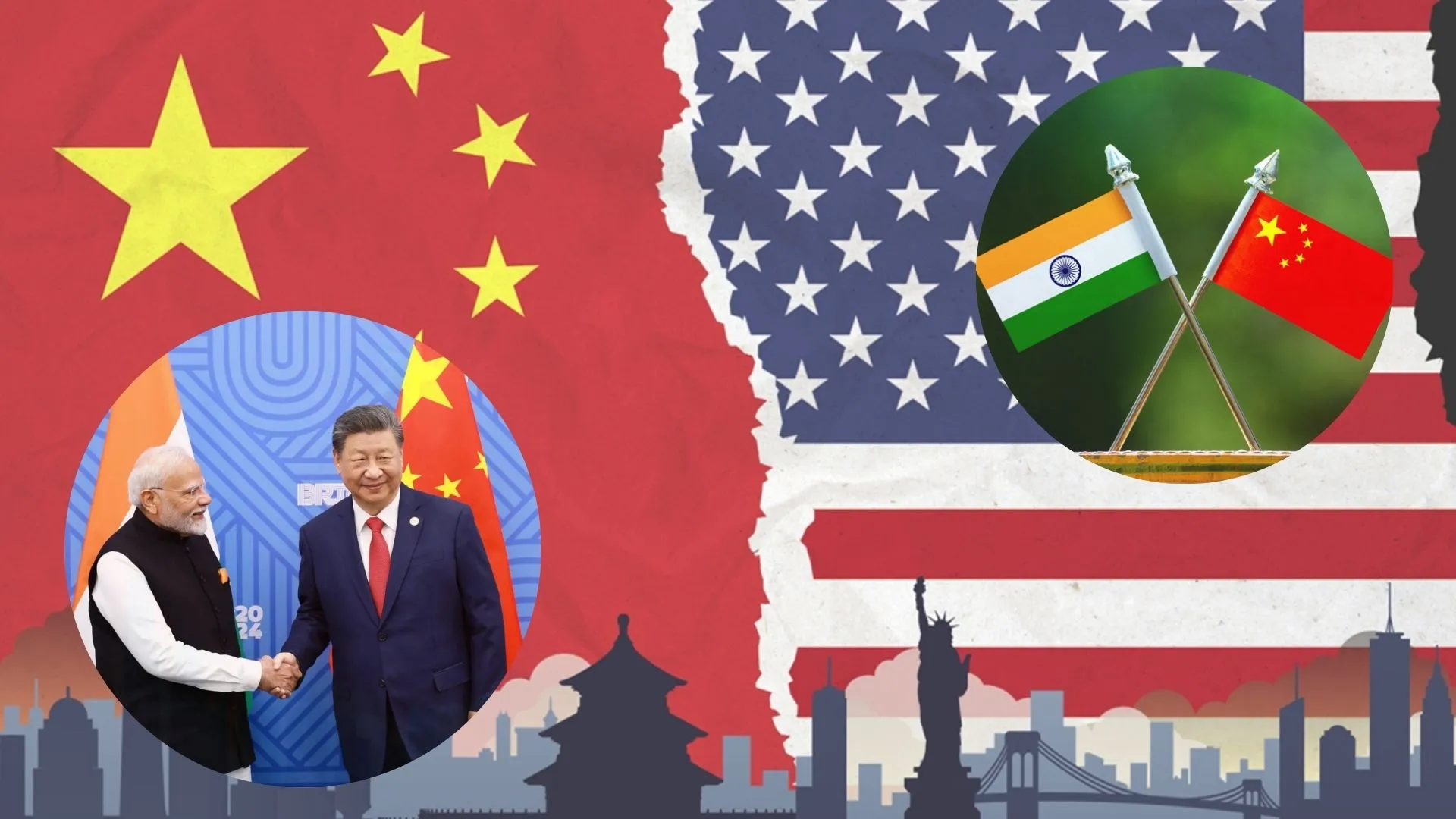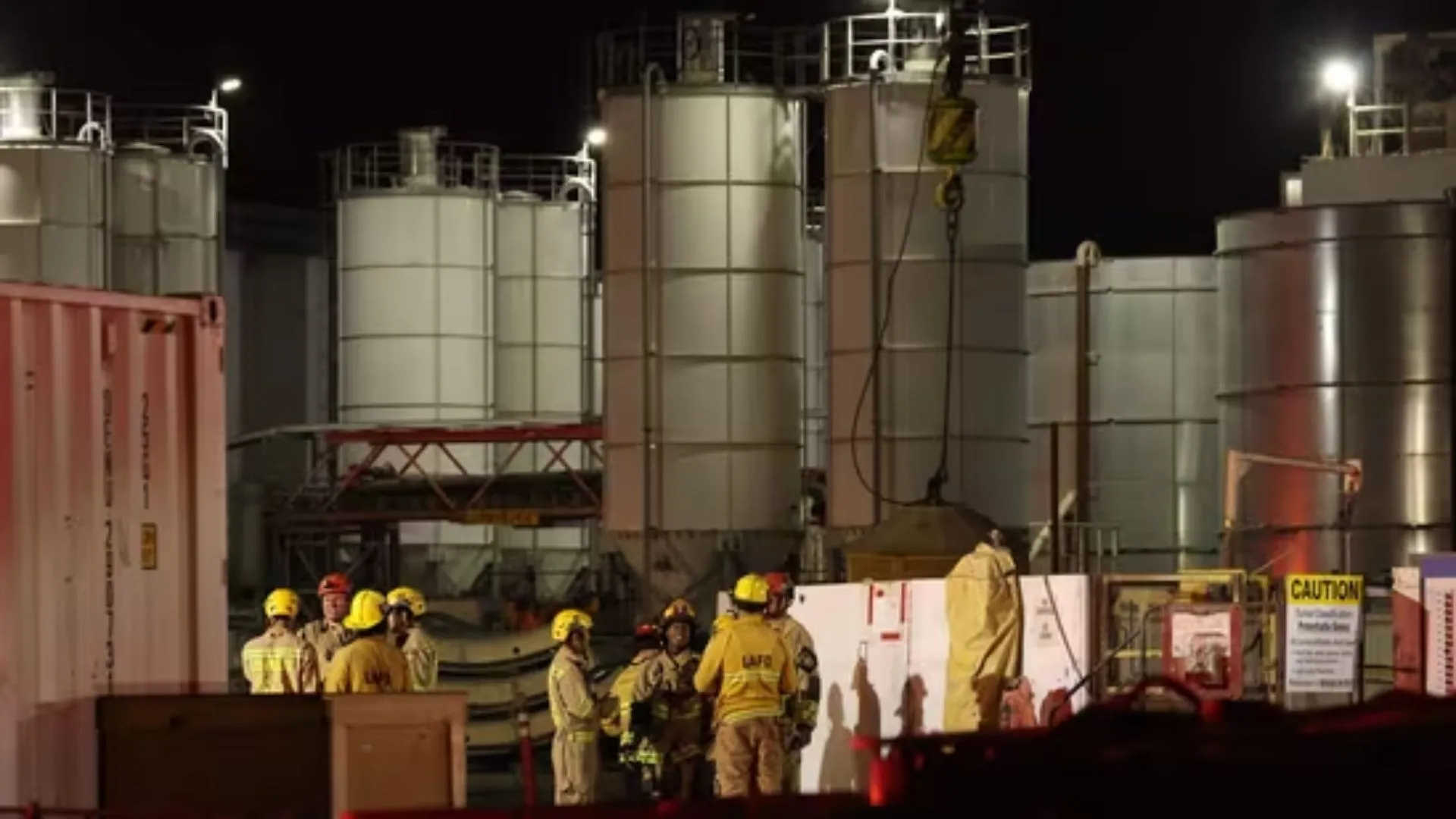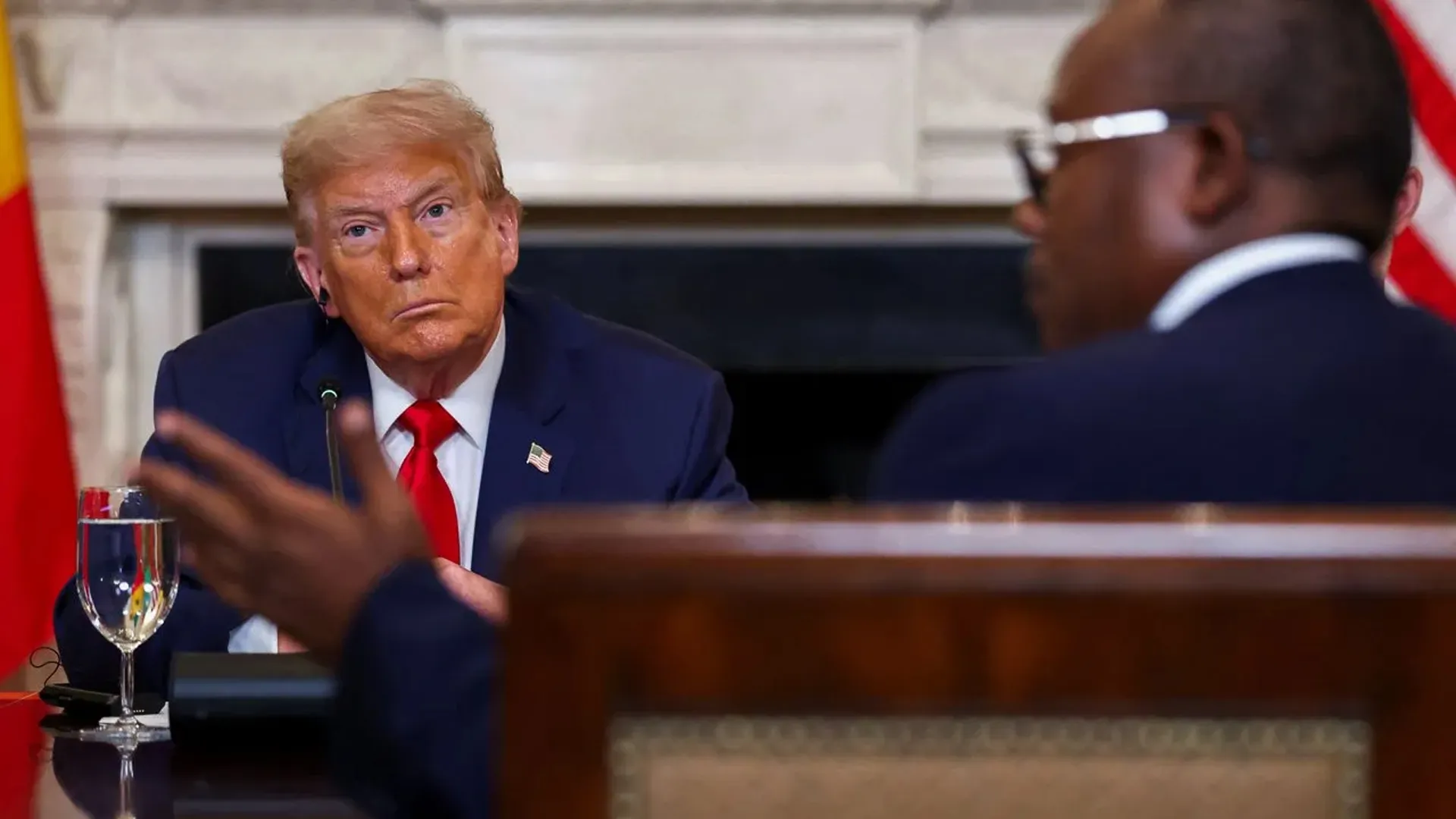As tensions rise between China and the United States—after Washington announced doubling tariffs on Chinese imports—China’s Foreign Minister Wang Yi has urged closer cooperation between Beijing and New Delhi. Addressing after a National People’s Congress session, Wang asked the two countries to cooperate and resist global “hegemonism and power politics.”
China Urges India to Strengthen Ties
Wang highlighted the need for India-China cooperation, saying, “Making the dragon and elephant dance is the only right choice.” He asserted that mutual assistance, not rivalry, is of best interest to both nations.
Stronger ties between the two Asian giants would help usher in the “democratisation of international relations” and develop the “Global South,” Wang said.
India has yet to officially react to his statement. But the day before, External Affairs Minister S. Jaishankar mentioned that India is moving on a “more predictable and positive course” with China. The measures proposed include restarting pilgrimages to places under Beijing’s control, restoring direct flights, and easing journalist exchanges.
China Emphasizes ‘Positive Steps’ in India Relations
Referring to “positive steps” in the past year, he cited the disengagement between militaries in Ladakh’s Depsang and Demchok when queried regarding the changing dynamics between India and China. He further referred to a meeting of Prime Minister Narendra Modi with Chinese President Xi Jinping last October in Kazan, Russia.
On the long-standing border disagreement, Wang declared, “We should never let bilateral relations be determined by the boundary issue or (permit) particular differences to impact overall bilateral relations.”
US-China Trade War Heats Up
The increased effort towards India-China cooperation arrives at a time when Beijing is confronting increased trade tensions with Washington. U.S. President Donald Trump signed an executive order on Tuesday to increase tariffs on Chinese imports from 10% to 20%. The White House defended the move as a response to China’s failure to contain exports of fentanyl, a synthetic opioid that is behind a crisis in the U.S.
China responded swiftly. Within 24 hours, its embassy in Washington issued a sharp warning:
“If war is what the US wants. be it tariff, trade, or any other type, we’re ready to fight till the end.”
Beijing struck back by imposing tariffs of up to 15% on major U.S. farm products such as soybeans, pork, and wheat. Beijing also filed a complaint with the World Trade Organization (WTO), saying Washington’s move is in violation of WTO rules and going against world trade.
Trump’s Trade Policies: A Key Strategy in His Presidency
Tariffs have also been a powerful policy instrument under Trump’s regime, with the ex-president using them to strong-arm trade partners into line. He has consistently condemned India as a “high tariff nation” and a “big abuser” of trade norms.
In a recent joint address to Congress, Trump criticized India’s “very unfair” tax policies, threatening “reciprocal tariffs” on Indian products. In February, he imposed new tariffs on India, including a 25% tariff on steel and aluminum imports, hours before sitting down with PM Modi.
The announcement sent Indian markets into a sharp fall, with the Sensex dropping more than 1,000 points.
Tariffs Under Trump: Then vs. Now
This is not the first time that Trump has invoked tariffs as a weapon of commerce. In his first term in office (2017-2021), Trump levied charges on Canada and Mexico, under the pretext that they were committing illegal immigration and drug trafficking. Canadian Prime Minister Justin Trudeau was critical of Trump for “targeting friendly nations while appeasing Russia.
While Trump’s early tariffs increased U.S. manufacturing employment, his 2018 steel and aluminum tariffs resulted in economic declines. In 2019, the U.S. manufacturing industry saw job losses, with industrial production decreasing.
As Trump’s second term progresses, the international economic consequences of his resumed tariff policies are unclear. Meanwhile, China’s overtures to India portend a possible reorientation of global alliances as U.S.-China tensions escalate.






















